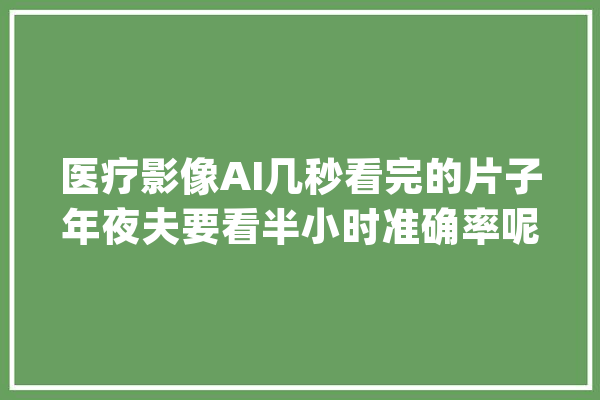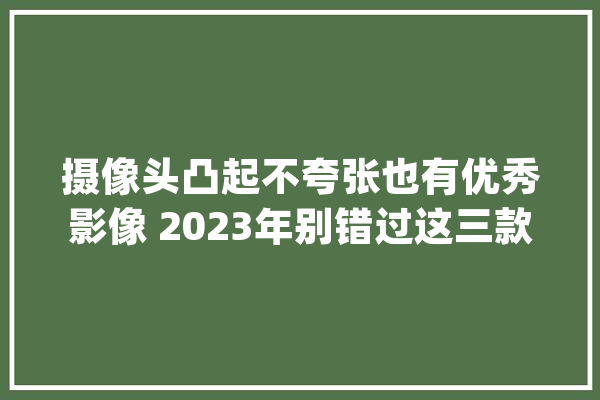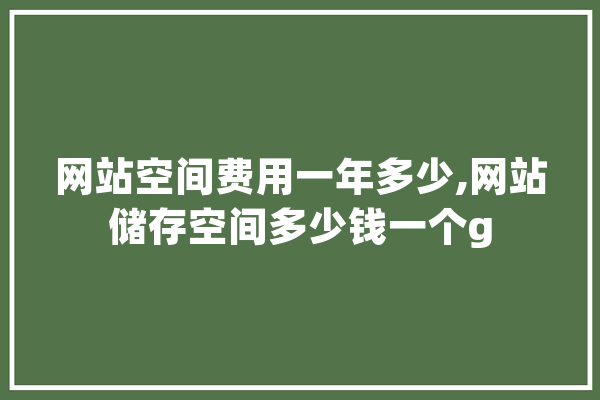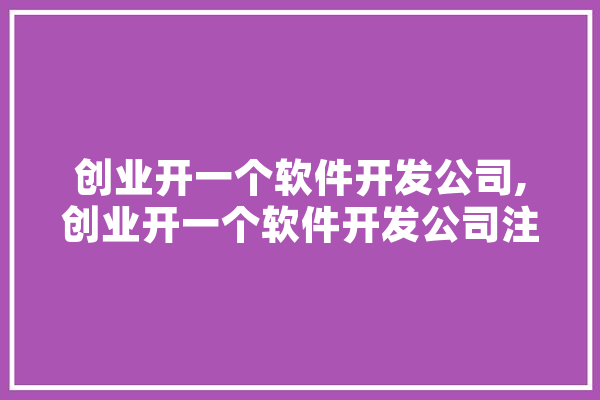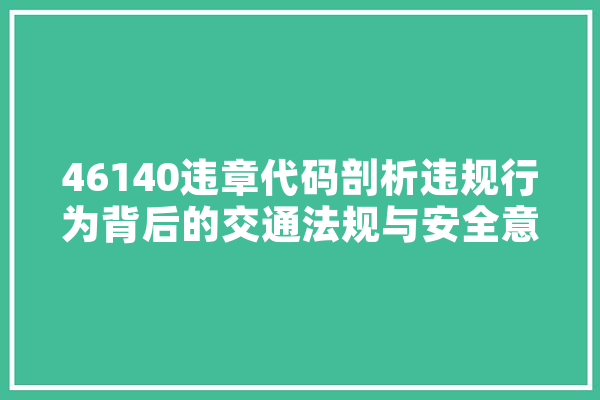抗“疫”黑科技:只要20秒!AI助力年夜夫核诊新冠肺炎CT片_肺炎_影像
如何判断这位病人是否患了新冠肺炎?CT检讨里包含了线索。
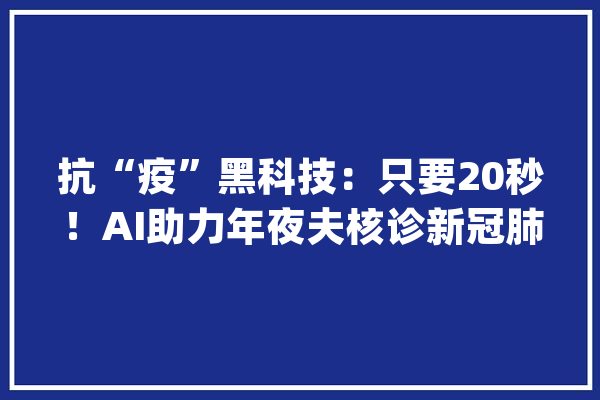
Whitening, unusual spots or hazy increases in lung density are all cues of COVID-19.
肺部发白、有非常斑点或磨玻璃密度影都是新冠肺炎的部分征兆。
The signs are pretty clear, but here’s the problem –
患病特色是很明显的,那么问题来了。
A doctor spends about 15 minutes analyzing one case.
年夜夫对一个病例的CT影像肉眼剖析耗时大约为15分钟,
Luckily, with the help of AI, CT scans can be interpreted in 20 seconds with an accuracy rate of 96 percent.
所幸在人工智能的帮助下,在20秒内就可对新冠肺炎疑似病例CT影像做出判读,识别准确率达96%。
So how does AI work? Let me explain.
那么AI是如何做到的呢?我来阐明下个中的事理。
Convolutional neural network is an important branch of AI.
卷积神经网络是AI的一个主要分支。
The algorithm can automatically recognize clinical telltale signs by combing through over 5,000 CT scans.
这个算法可以通过阅读剖析超过5000张CT图片来自动学到这些临床视觉特色。
Simply put, the algorithm learns new input just like children, except it is much faster and can be trained in a week.
普通地说,这个学习过程和人类儿童的学习过程类似,只不过速率要快得多,一样平常一周内就可以演习好。
First, the image is automatically analyzed using a deep learning classifier to detect abnormalities. ,
首先,深度学习分类器会自动剖析图像以检测非常。
After that, lungs images are segmented and finally, a massive extraction of texture features is applied.
然后对肺部图像进行分割,末了对纹理特色进行大规模提取。
With that, AI can instantly distinguish between the lungs of a patient with common viral pneumonia and that of a COVID-19 patient.
通过这个手段,AI可以快速鉴别新冠肺炎影像与普通病毒性肺炎影像的差异。
AI can also directly calculate the number and size of lesions and determine how severe the case is.
此外,AI还能直接算出病灶部位的占比比例,进而量化病症的轻重程度。
This move can boost the efficiency of the double checks on diagnosis.
此举可以大幅提升年夜夫二次核查CT图像的效率。
It was first put into use at Xiaotangshan Hospital in Henan Province, and nearly 100 more hospitals in China are currently eyeing this technology.
除了率先落地的河南郑州小汤山医院,该算法还将在中国近100家医院落地。
本文系作者个人观点,不代表本站立场,转载请注明出处!


